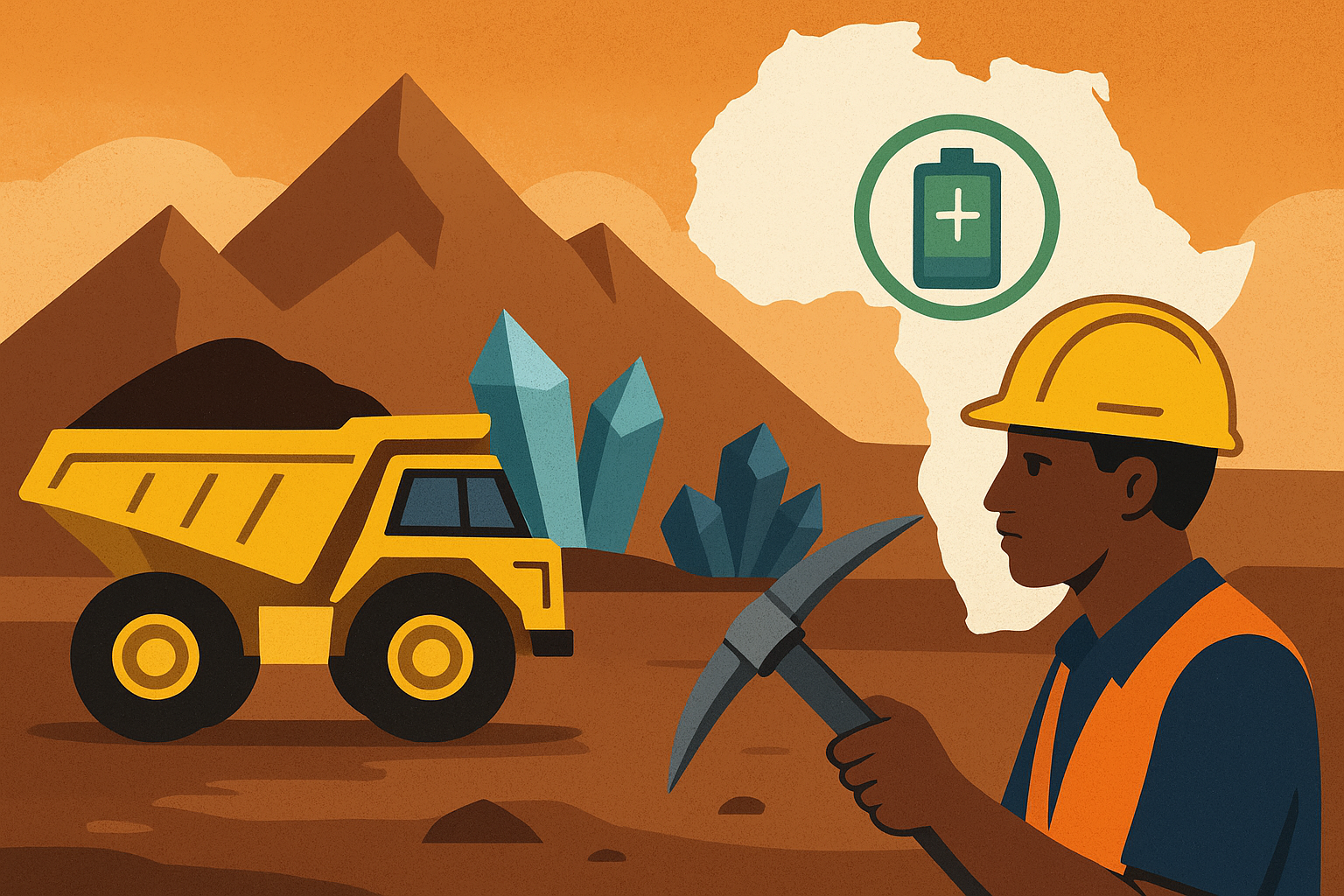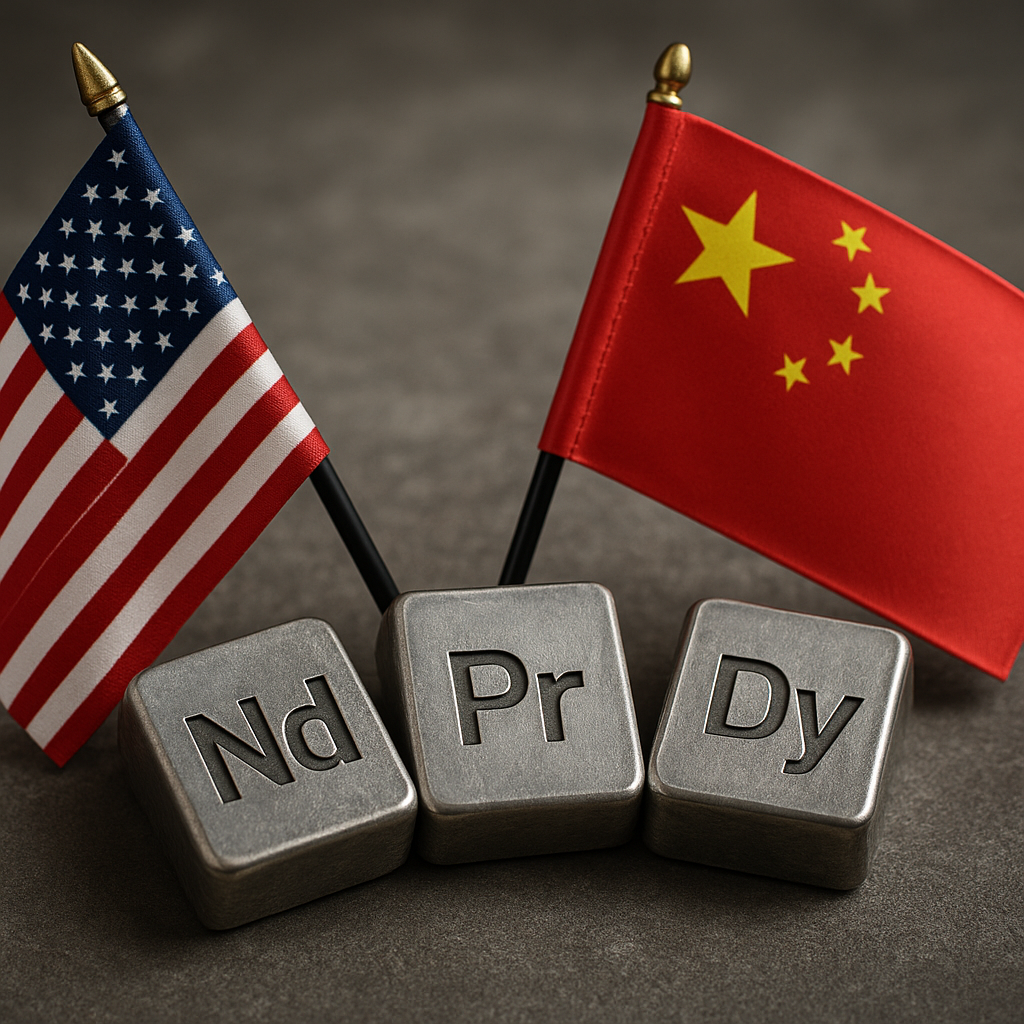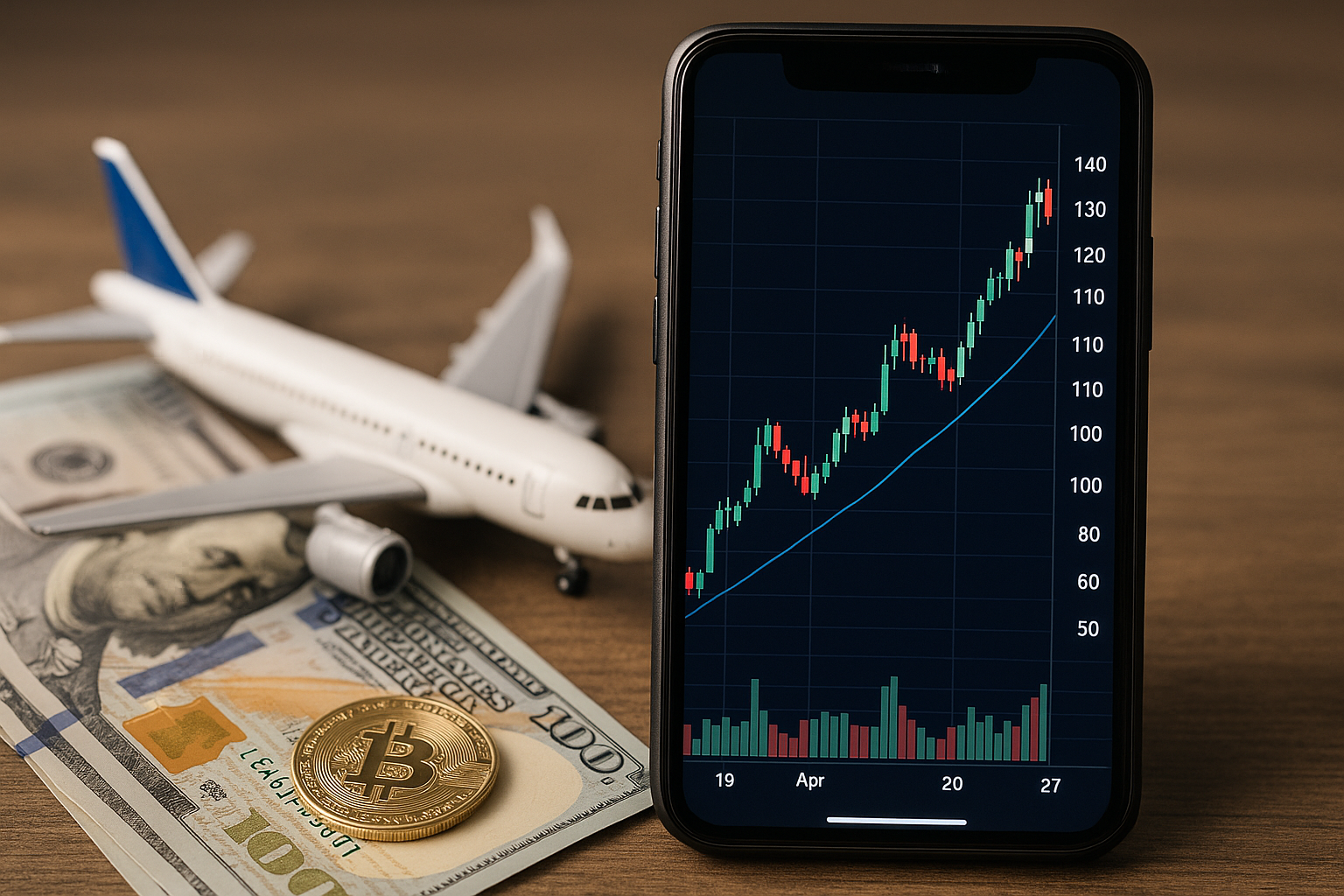South Africa, long synonymous with gold and platinum mining, is facing a turning point. Declining production in its traditional commodities has rattled markets and weighed on growth prospects. Yet, in a world increasingly hungry for clean-energy inputs, the country is finding new relevance. With plans to reopen dormant projects and pivot toward lithium and cobalt, South Africa is positioning itself at the intersection of resource scarcity and the global energy transition.
A Sector in Decline Finds New Purpose
Once the powerhouse of global gold output, South Africa’s mining industry has struggled in recent years. According to data from the Minerals Council South Africa, gold production has been on a multi-decade downtrend, while platinum group metals (PGMs) have also faltered amid softer demand and operational inefficiencies. Persistent challenges—including electricity shortages from Eskom, labor unrest, and rising operational costs—have kept output below potential.
Yet investors are beginning to look beyond legacy commodities. Reports from AInvest highlight renewed exploration and development aimed at securing minerals critical to clean energy technologies, such as lithium and cobalt. These materials are essential for battery manufacturing, electric vehicles (EVs), and renewable energy storage—sectors expected to drive commodity demand for decades.
Why This Matters for Investors
The Global Shift to Critical Minerals
The International Energy Agency (IEA) projects that demand for lithium could grow by over 40 times by 2040 under its sustainable development scenario. Cobalt demand is expected to more than double as battery technologies proliferate. Nations are rushing to secure supply chains, and Africa—home to vast untapped reserves—has become a focal point.
South Africa’s pivot to these critical minerals is significant. Unlike its neighbors in the Democratic Republic of Congo (a cobalt giant), South Africa offers more established infrastructure, stronger financial markets, and a more diversified economy. For investors, this creates opportunities in companies that can successfully leverage the country’s resource potential while navigating its structural risks.
Challenges and Risks
While the opportunity is compelling, risks remain:
- Political & Regulatory Uncertainty: Policy shifts, debates over nationalization, and royalty adjustments can alter investment economics.
- Operational Hurdles: Power shortages, aging infrastructure, and frequent labor disputes continue to weigh on productivity.
- Commodity Price Volatility: Lithium and cobalt prices have surged in past cycles but are prone to sharp corrections, often linked to EV adoption rates and technological shifts in battery chemistry.
- Competition: South Africa must compete with emerging supply hubs in Australia, Chile, and Indonesia, each with established positions in the critical minerals supply chain.
Future Trends to Watch
- Energy Transition Demand: As global automakers accelerate EV adoption, South African miners with exposure to lithium and cobalt could benefit from rising demand.
- Green Financing: ESG-focused investors may increasingly back South African projects if companies can demonstrate sustainable practices.
- Infrastructure Modernization: Investment in power reliability and transport logistics could unlock capacity and reduce operational bottlenecks.
- Strategic Partnerships: Expect alliances with global automakers, battery manufacturers, and even sovereign wealth funds seeking to secure long-term supply.
Credible Comparisons
- DRC’s cobalt dominance: South Africa aims to capture a share of the market but with more institutional stability.
- Australia’s lithium model: Strong governance and efficient extraction have made Australia a benchmark. South Africa’s success may hinge on adopting a similar approach.
- China’s supply chain control: As China remains the largest processor of lithium and cobalt, partnerships or competition with Chinese firms could shape South Africa’s trajectory.
Key Investment Insight
South Africa’s mining sector is entering a strategic transition. While legacy assets in gold and PGMs face headwinds, the pivot toward lithium and cobalt offers a pathway to long-term relevance in the clean-energy economy. Early-stage exposure to South African critical mineral projects may provide investors with asymmetric upside—but only for those willing to navigate geopolitical and operational risk. A balanced approach, perhaps through diversified mining equities or ETFs with exposure to Africa, may help investors capture the upside while mitigating downside shocks.
For more analysis on how emerging industries and commodity shifts are shaping tomorrow’s investment opportunities, keep following MoneyNews.Today—your trusted source for daily investor intelligence.





